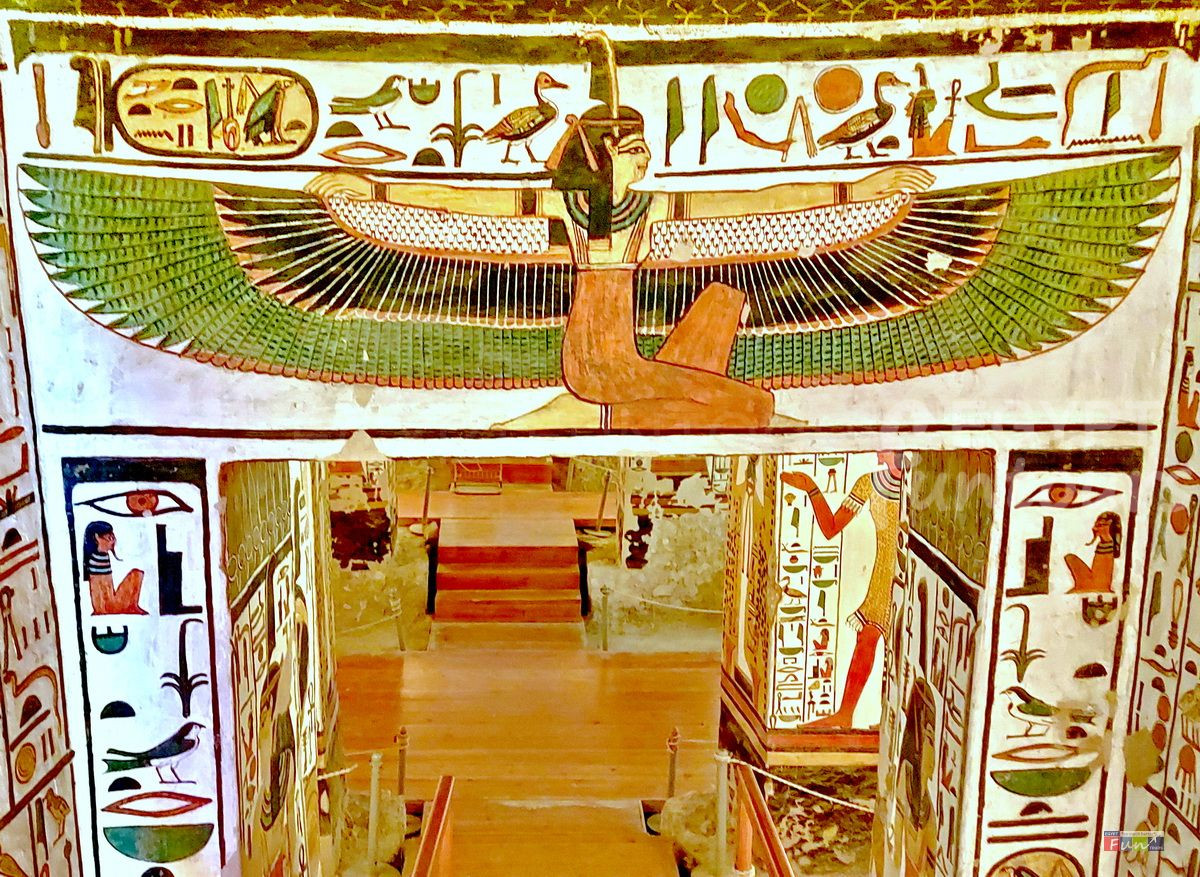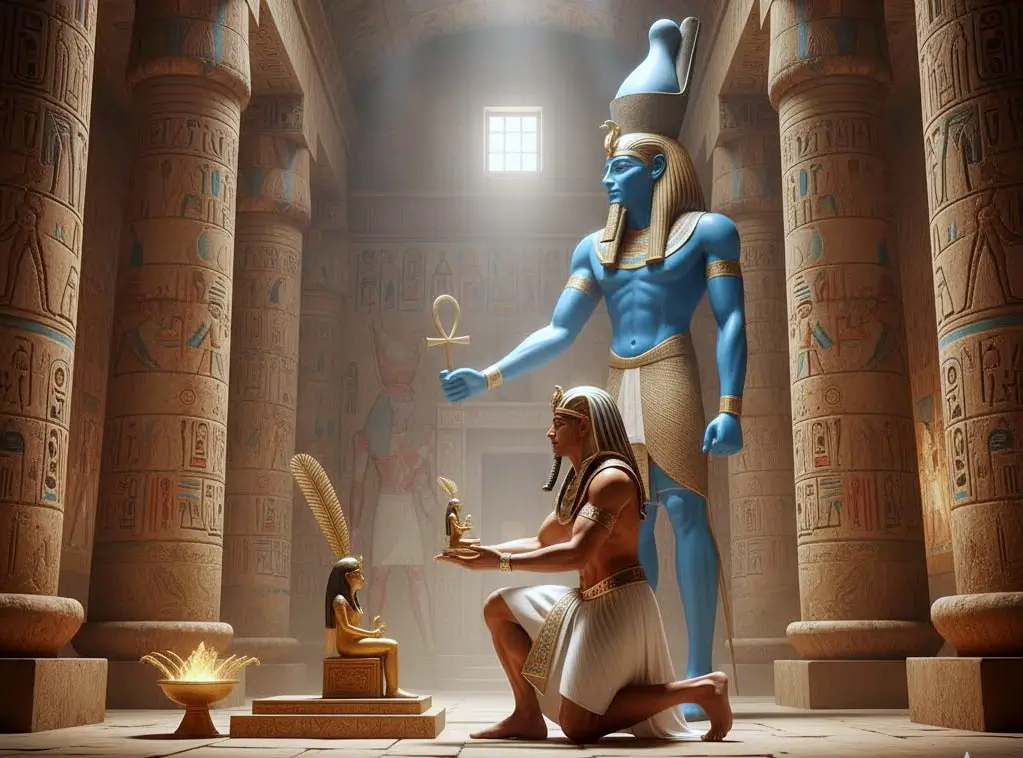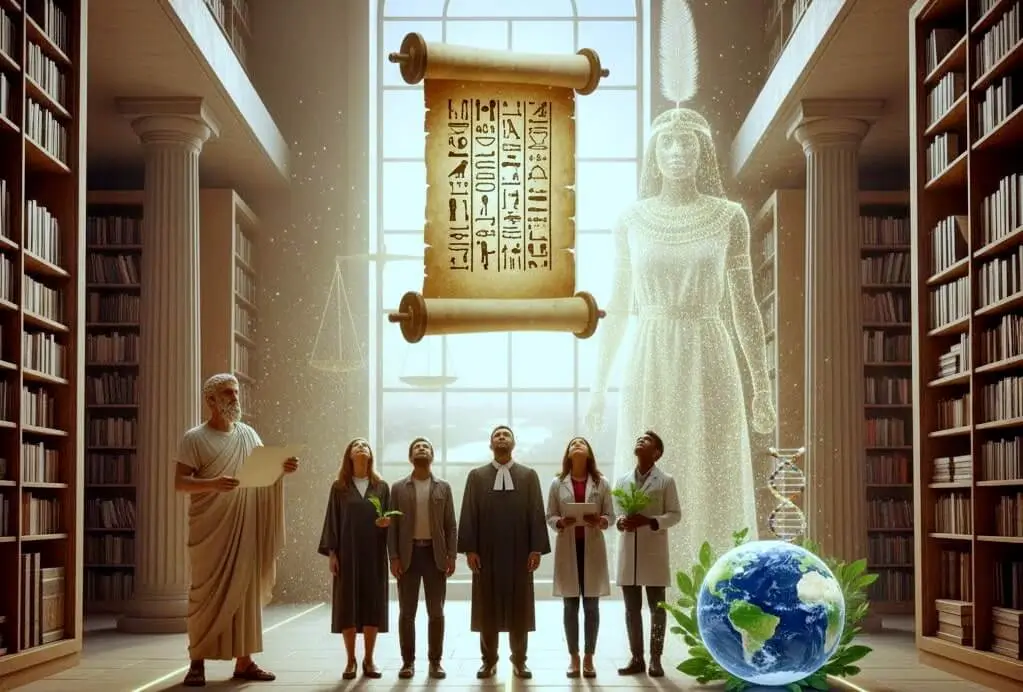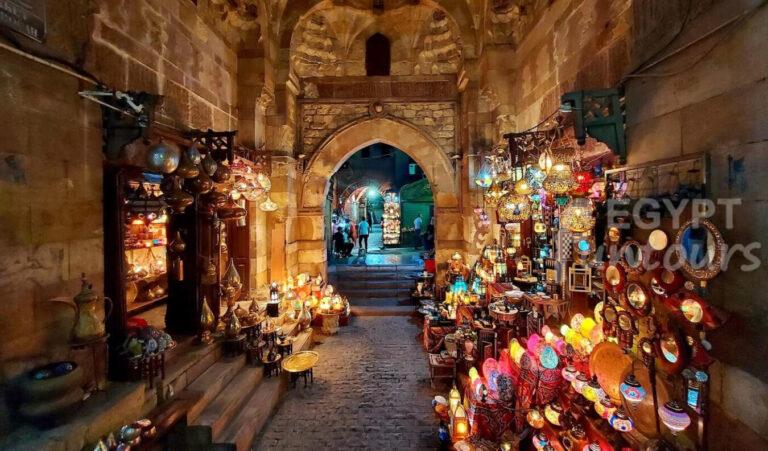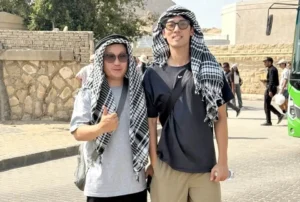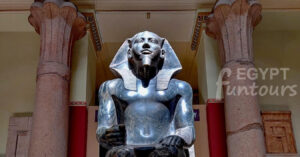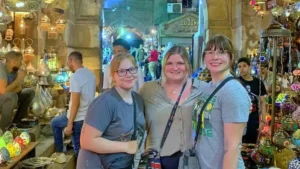To stand amidst the wonders of Egypt—from the colossal Pyramids of Giza to the meticulously planned temples of Luxor—is to encounter an entire civilization rooted in a single, powerful concept: Ancient Egyptian Ma’at.
Far more profound than a simple legal code or social guideline, Ma’at was the divine, cosmic force of harmony, order, truth, and justice that governed the universe, human society, and the afterlife. It was the fundamental principle established by the creator god, Ra, at the very beginning of time. Everything in the cosmos—the predictable flooding of the Nile, the rising of the sun, and the stability of the state—depended on the successful maintenance of Ma’at.
The existential threat to this cosmic stability was Isfet, the personification of chaos, disorder, and injustice. The constant, sacred duty of the Pharaoh and every citizen was to uphold Ancient Egyptian Ma’at and keep the forces of Isfet at bay. Understanding this principle is the key to unlocking the true soul of ancient Egyptian culture and will transform your journey with Egypt Fun Tours into a deeper, more meaningful exploration.


